To grade a Barber quarter, examine wear on Liberty’s headband and the eagle’s breast feathers—the coin’s highest points. Check if “LIBERTY” is readable on the headband, as this determines circulated grades from Good (G-4) to About Uncirculated (AU-50). For uncirculated coins, assess original mint luster, contact marks, and strike quality. Key grading factors include Liberty’s hair detail above the forehead, eagle feather separation, and natural toning. Avoid cleaned coins showing unnatural shine or hairline scratches. Rare dates like 1901-S, 1896-S, and 1913-S command premium values. Since Barber quarters circulated widely from 1892-1916, accurate grading is essential for determining value.
Barber quarters, minted between 1892 and 1916, represent one of the most challenging series for collectors to grade accurately. With over a century of circulation wear, environmental exposure, and handling, these silver quarters demand careful examination of specific design elements. Understanding how to properly assess Liberty’s headband and the eagle’s feathers can mean the difference between a $15 coin and a $500 specimen—even when looking at the same date and mint mark.
Understanding the Critical Grading Points on Liberty’s Portrait
The obverse of the Barber quarter features Charles Barber’s portrait of Liberty wearing a laurel wreath and headband. These elements experience wear in a predictable pattern that reveals the coin’s true grade.
Liberty’s headband bears the inscription “LIBERTY,” which serves as the single most important diagnostic feature for circulated Barber quarters. On a Good-4 example, this word appears as barely discernible bumps where letters once stood. At Very Good-8, you can read “LIBERTY” though some letters may merge together. Fine-12 specimens show all letters visible and connected, while Very Fine-20 coins display sharp, completely separated lettering.
The hair strands above Liberty’s forehead and eye represent the highest relief points on the obverse. In Good condition, these areas flatten into a smooth surface. As grade improves to Fine-12, individual hair strands become distinguishable. By Extremely Fine-40, virtually all hair detail remains sharp with only the highest curls showing slight softening.
Liberty’s cheek provides another valuable grading checkpoint. This area should appear smooth and lustrous on higher-grade examples. Any flatness, roughness, or worn texture indicates circulation. On About Uncirculated coins grading AU-50 or better, the cheek retains most of its original mint bloom with perhaps a trace of wear on the absolute highest point.
Examining the Eagle’s Feathers on the Reverse
The reverse design places an eagle with shield, arrows, and olive branch as the centerpiece. The eagle’s breast feathers occupy the highest relief and consequently show wear before any other reverse element.
On a Good-4 Barber quarter, the breast feathers completely merge into a smooth shield-like surface. Very Good-8 examples begin showing feather separation in the protected lower areas, though the upper breast remains flat. Fine-12 coins display partial feather definition across the breast, with clear separation visible. At Very Fine-20, approximately three-quarters of the feather details remain sharp.
The wing tips deserve equal attention during grading. These extremities flatten quickly with circulation. Extremely Fine specimens retain crisp, well-defined wing tip feathers with only slight wear on the uppermost edges. About Uncirculated examples show virtually complete wing detail with perhaps a touch of softening at the absolute tips.
The shield’s horizontal stripes and vertical lines provide supplementary grading evidence. In lower grades (Good through Very Good), these elements blur together. Fine and Very Fine coins show clear stripe separation, while Extremely Fine and higher grades display sharp, distinct lines throughout the shield.
Evaluating Mint State Barber Quarters
Uncirculated Barber quarters beginning at Mint State-60 require different assessment criteria than circulated pieces. These coins show no wear on the high points, but quality varies dramatically within the Mint State spectrum.
Original mint luster serves as the primary indicator of uncirculated status. Genuine Mint State Barber quarters display cartwheel luster that rotates across the surface when tilted under light. MS-60 to MS-63 coins typically show somewhat subdued luster due to heavy bag marks from contact with other coins during storage and transport. MS-64 and MS-65 examples exhibit stronger, more vibrant luster with fewer contact marks. The rare MS-66 and higher specimens show exceptional luster with minimal surface disturbances.
Contact marks require careful counting and assessment. An MS-60 Barber quarter might show numerous marks across both obverse and reverse, including some in prime focal areas like Liberty’s cheek or the eagle’s breast. MS-63 coins display moderate marks, mostly confined to less conspicuous areas. MS-65 specimens have only minor marks visible under magnification, with perhaps one or two small ticks in focal areas.
Strike quality significantly impacts Mint State grades. New Orleans and Denver mint Barber quarters frequently exhibit weak strikes, particularly on Liberty’s hair details and the eagle’s head feathers. A weakly struck MS-64 coin might show incomplete central details despite no circulation wear. Conversely, a sharply struck MS-63 from Philadelphia or San Francisco commands premium prices due to superior eye appeal.
Key Dates and Mint Mark Considerations
The value difference between common and rare Barber quarters reaches astronomical proportions. The 1901-S Barber quarter, with a mintage of just 72,664 pieces, commands $5,000 in Fine-12 condition and exceeds $250,000 in MS-65 according to recent Heritage Auctions results. Compare this to a common 1907 Philadelphia issue worth approximately $18 in the same Fine-12 grade.
Selected Barber Quarter Values (Fine-12 Grade):
| Date & Mint | Value |
|---|---|
| 1901-S | $5,000 |
| 1913-S | $1,800 |
| 1896-S | $1,500 |
| 1892-S | $425 |
| 1901 (Philadelphia) | $85 |
| 1907 (Philadelphia) | $18 |
The mint mark appears on the reverse below the eagle’s tail feathers. Philadelphia issues carry no mint mark, while “D” indicates Denver, “S” represents San Francisco, and “O” marks New Orleans production. Always examine this area carefully with magnification, as added or altered mint marks represent a common form of numismatic fraud on valuable dates.
Detecting Damage and Alterations That Destroy Value
Cleaning represents the most prevalent form of damage affecting Barber quarters. Proper grading requires distinguishing between natural toning and cleaned surfaces. Original toning develops gradually over decades, creating even color transitions from gold to brown to gray. Cleaned coins display unnaturally bright surfaces, hairline scratches visible under magnification, or splotchy uneven coloration.
A harshly cleaned Extremely Fine-40 Barber quarter might sell for less than a naturally toned Very Fine-20 example of the same date. Professional grading services like PCGS and NGC denote cleaned coins with qualifiers such as “Cleaned” or assign lower “Details” grades rather than standard numerical grades. These designations typically reduce market value by 40 to 70 percent compared to problem-free coins.
Environmental damage appears on Barber quarters stored in improper conditions. Corrosion from PVC plastic holders creates green spots that permanently damage the silver surface. Excessive humidity causes dark spotting or “environmental damage” that reduces both technical grade and collector appeal. Storage in paper envelopes containing sulfur compounds produces dark toning that, while technically original, decreases eye appeal and value.
Mounting damage, edge bumps, and rim dings all impact grading. Check the entire rim circumference under magnification. Even About Uncirculated coins with a single significant rim nick might receive a “Details” grade rather than a straight AU-50 designation, cutting value substantially.
Building Your Barber Quarter Grading Skills Through Practice
Developing accurate grading ability requires examining hundreds of authenticated examples. Start by studying certified coins in PCGS or NGC holders at coin shows, where you can physically handle examples across the grading spectrum from Good-4 through MS-65. Compare your assessment against the professional grade, noting where your eye missed wear or overestimated condition.
Purchase grading guides with high-resolution photographs showing the same date in multiple grades. The “Photograde” book provides excellent visual standards. Online resources including PCGS CoinFacts and NGC Coin Explorer offer free images of certified Barber quarters at various grade levels.
Join numismatic forums where experienced collectors discuss grading challenges specific to Barber quarters. Post clear photographs of your coins requesting grading opinions. The feedback helps calibrate your eye to industry standards while revealing subtleties that separate, for example, an AU-55 from an MS-60 coin.
Consider submitting questionable coins to professional grading services once you’ve developed basic skills. The returned certification provides definitive assessment while teaching you where your grading differs from professional standards. Track these learning experiences in a journal, noting specific features you missed or misinterpreted. This systematic approach accelerates your development from novice to confident grader who can accurately assess Barber quarters and make informed purchasing decisions.
You may be interested:
- I Discovered My 1776 To 1976 Bicentennial Quarter Coin Value After Finding These Errors D S And No Mint Mark Worth Revealed
- 1788 Quarter Coin Value Complete Guide Errors List And D S P Mint Mark Worth Revealed
- 1932 Quarter Coin Value Complete Price Guide For D S And No Mint Mark Errors Worth Thousands
- 1934 Quarter Coin Value Complete Guide Doubled Die Errors D Mint Mark And No Mint Mark Worth
- 1935 Quarter Coin Value Complete Errors List D S No Mint Mark Worth Guide
- 1936 Quarter Coin Value Complete Guide Errors List D S No Mint Mark Worth Up To 9000
- How To Grade Peace Silver Dollar Using The Sheldon Scale And Key Wear Areas
- How To Grade Walking Liberty Half Dollar Inspect High Points Luster And Wear For Accurate Assessment

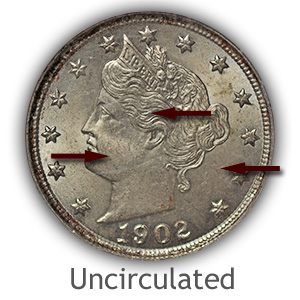
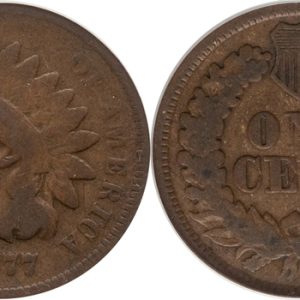
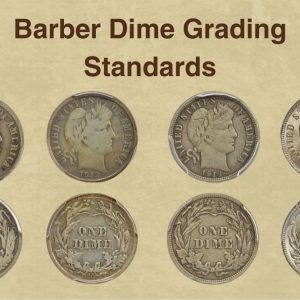
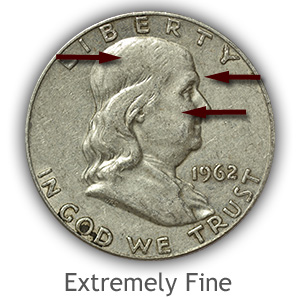
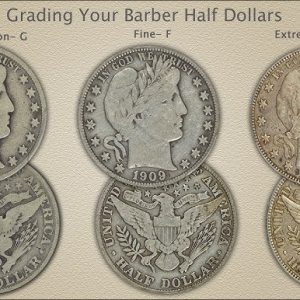
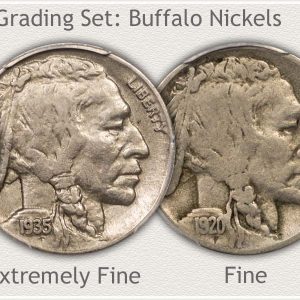
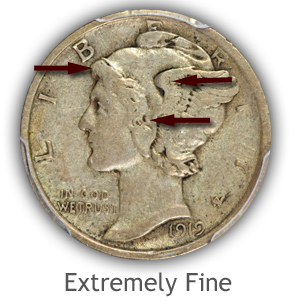

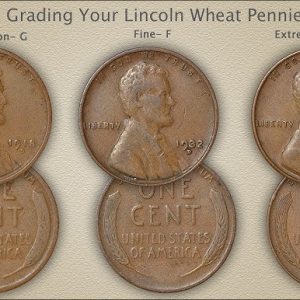
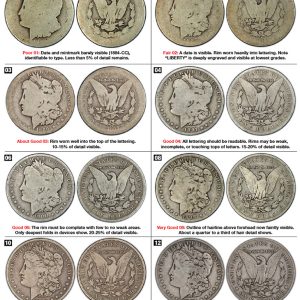
What makes a barber quarter valuable?
The most sought after Barbers are without a doubt those coins that have some sort of error or a mintmark that is deemed to be unique or rare. Unfortunately, thanks to the short expanse of time during which these coins were minted, finding a rare version is not so easily done.
How to determine the grade of a quarter?
To grade a quarter, examine its wear, luster, strike, and surface quality to assign it a grade on the 70-point Sheldon scale. Pay close attention to the coin’s high-point areas, such as Washington’s hair and cheek on the obverse and the eagle’s breast on the reverse, to detect even the slightest traces of wear, which diminishes luster and lowers the grade. Use resources like PCGS Photograde Online to compare your coin to detailed images for more accurate self-assessment.
What is the grading scale for barbers?
Haircut grades range from 0 to 8, with 0 being the shortest cut and 8 being the longest. Some barbers may use a different numbering system, so it’s always best to communicate with your barber, but this is generally the universal standard.
How to get your quarters graded?
You can get your coins professionally graded by a third-party grading service. There are several reputable grading services that specialize in authenticating and grading coins based on their condition and rarity. Some of the most well-known grading services include: Professional Coin Grading Service (PCGS)